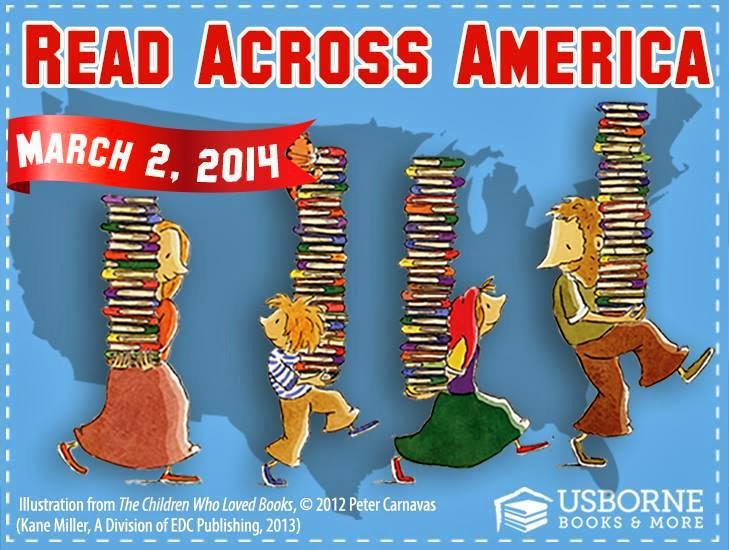Take a look at this list.
Source: U.S. Department of
Education, National Institute of Literacy
|
Research Date: 4.28.2013
|
U.S. Illiteracy Statistics
|
Data
|
Percent of U.S. adults who can’t
read
|
14 %
|
Number of U.S. adults who can’t
read
|
32 Million
|
Percent of U.S. adults who read
below a 5th grade level
|
21 %
|
Percent of prison inmates who
can’t read
|
63 %
|
Percent of high school graduates
who can’t read
|
19 %
|
Global Illiteracy
|
|
Number of people worldwide who
can’t read
|
774 Million
|
Percent of the worlds illiterate
who are female
|
66 %
|
These stats are mind blowing! You most likely know someone that can't read at a functional level. Sadly, you might know several somebodies.
March is Reading Awareness month (and 3/3/14 is the NEA Reading Awareness Day).My personal campaign, which I am kicking off March 2, 2014, is to do what I can to Kick Illiteracy to the Curb. I am a member of the Literacy Army. I am actively doing my best to give tips, shed light on illiteracy, and find ways of getting good books into the hands of children. Each consultant at Usborne Books & More is extremely dedicated to doing this.
"Kick illiteracy to the curb," has become my personal "battle cry" as I charge forward in this battle against illiteracy. I think that each of us, one book at a time, can make that statistic of 19% of high school graduates reading below a functional level, less than 1%! I really think if we all work together we can do it! Call me a dreamer, but I'm not the only one! I am a part of an army of wonderful men and women who have taken it upon themselves to fight back against illiteracy. Think about it, WHY CAN'T WE DO THIS? Why not us? Why can't we be the generation that puts our foot down!
Usborne Books & More books really do engage the whole child. If we can get these books into the hands of children we can and WILL create a snowball effect. The awesome thing about print media like books is that it can have a life of its own. Its not single use. Books often get loaned and passed to others, and handed down.
Am I excited about this? YES. I am excited for children to get these books. They can get them through their libraries, at home, through donations....I am convinced that we can and will do this. Think about it this way, if we could all work toward combating illiteracy in America, our little ripples would form a tidal wave, that tidal wave could sweep the land, and one day.... hopefully one day, my daughter will not see staggering percentages for illiteracy. That is what I mean when I say, "Let's kick illiteracy to the curb."
Usborne Books & More has programs in place to help organizations get books into the hands of children. Your Usborne Books & More consultant can help you with finding out if one of these programs would be beneficial for you and your organization.




